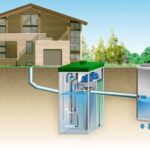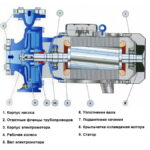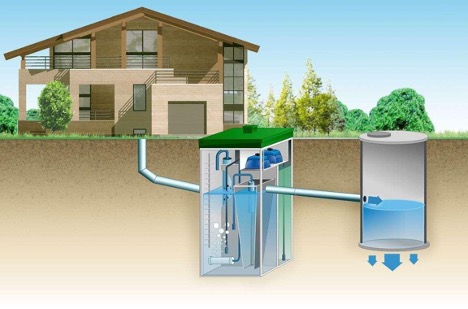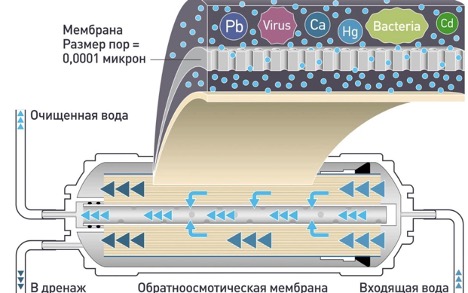Replacing and installing a submersible pump in a well: how to lower it, install it
Installing a pump in a well is a process that requires careful preparation and knowledge of some nuances. Before you begin, you need to determine the type of well, its depth and the volume of water that needs to be pumped. It is also important to choose the right type of pump to suit your water supply needs.
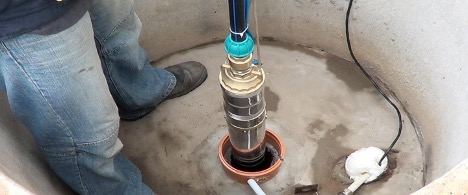
The content of the article
Pump selection: key aspects
Before replacing a well pump, you should carefully select new equipment. The key selection criteria are the following factors:
- pump power;
- its performance;
- immersion depth;
- compatibility with well diameter.
Submersible pumps are preferred for deep wells, while sump pumps are ideal for pumping water from shallow sources.
Installation Process: Step by Step Guide
Installing a submersible pump in a well includes several key steps:
- Make sure you have everything you need for installation, including fasteners, waterproof tape, and a cable to lower the pump.
- Before immersing the pump in a well, it is necessary to check its functionality by connecting it to a power source on the surface.
- Carefully lower the pump to a predetermined depth, making sure that it does not touch the bottom of the well or the walls.
- After installing the pump, connect it to the water supply using waterproof connections.
Tip: how to fix the pump in a well? Use a strong rope or rope to securely secure the pump. The cable must be of sufficient length to allow the pump to be lowered to the required depth. Don't forget that you will have to lift it for maintenance or replacement.
Installation and maintenance
To ensure long and trouble-free operation of the system, it is important to carry out regular maintenance. This is a check of the operation of the pump, the condition of the electrical cable and cable. It is also necessary to clean the well of silt and debris. These simple steps can prevent the pump from clogging.
Errors when installing a drainage pump
When installing a sump pump, it is important to avoid common mistakes to ensure efficient and long-lasting operation. The following are the main errors that can lead to system failures:
- Selecting a pump that is not suitable for the specific application or operating conditions may result in insufficient power to pump water. This can also lead to unnecessary energy consumption.
- Installing the pump at an inappropriate depth may cause it to overheat due to insufficient cooling. In this case, you will not be able to pump out water effectively.
- Failure to securely fasten it may cause the pump to move. It may also cause it to fall or be damaged due to vibration during operation.
- The check valve prevents water from flowing back into the well after the pump is turned off.Incorrect installation may result in the pump constantly turning on/off. This increases wear and shortens the life of the equipment.
- Missing a filter can cause the pump to become clogged with debris and particles. You will almost certainly end up with a breakdown.
- Failure to properly seal the pump's electrical components increases the risk of short circuits and failure.
- The use of poor-quality wiring or incorrect connections can lead to overloads and voltage surges. And, as a result, the pump fails.
- Failure to regularly check and maintain your pump will reduce its efficiency and may lead to sudden breakdowns.
Avoiding these mistakes when installing a pump in a well will help ensure reliable and long-term operation of the drainage system, as well as reduce the cost of its maintenance and repair.
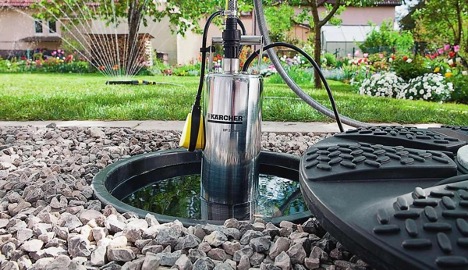
Errors when servicing the drainage pump
Servicing a sump pump is a critical task that requires care and knowledge of how the equipment operates. Improper maintenance can lead to serious problems, reduced pump efficiency, and even complete pump failure. Here are the main mistakes that can be made when servicing a drainage pump:
- Skipping scheduled pump checks can cause minor problems to become major problems.
- Using improper tools or methods when cleaning the pump and its components may damage the equipment. It is important to remove dirt and deposits carefully to avoid damaging sensitive parts of the pump.
- Running the pump in dry mode, even for a short time, can lead to overheating and failure due to insufficient cooling.
- Replacing worn pump components with inferior replacement parts can reduce pump performance and shorten life.
- Ignoring wear on important components such as seals and bearings can lead to leaks and pump failure.
- Storing the pump in unsuitable conditions (for example, at low temperatures without first cleaning and drying) may damage the pump.
- Faults in the pump's electrical system, such as damaged cables or incorrect connections, can cause the pump to operate inefficiently or fail.
- Ignoring the manufacturer's recommendations for maintenance and operation of the pump can lead to improper handling of the equipment and, as a result, to its breakdown.
By avoiding these mistakes and following the manufacturer's recommendations, you can ensure the longevity and reliability of your sump pump and avoid the unnecessary expense of repairing or replacing it.
Conclusion: Ensuring the Reliability of Your Water System
Installing a sump pump and submersible pump into a well is a task that requires precision and attention to detail. The correct choice of equipment, high-quality installation and regular maintenance will ensure reliable and long-term operation of your home’s water supply system. By following these recommendations, you can guarantee an uninterrupted supply of clean water for your domestic needs.

